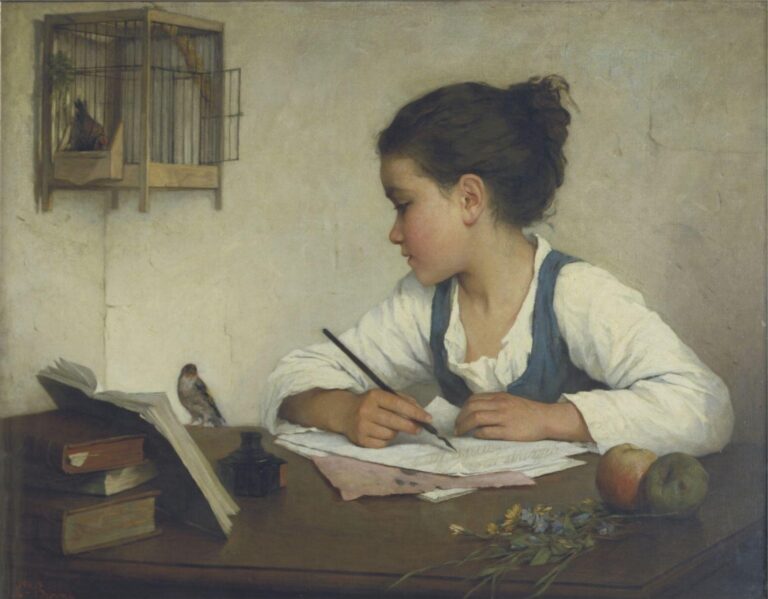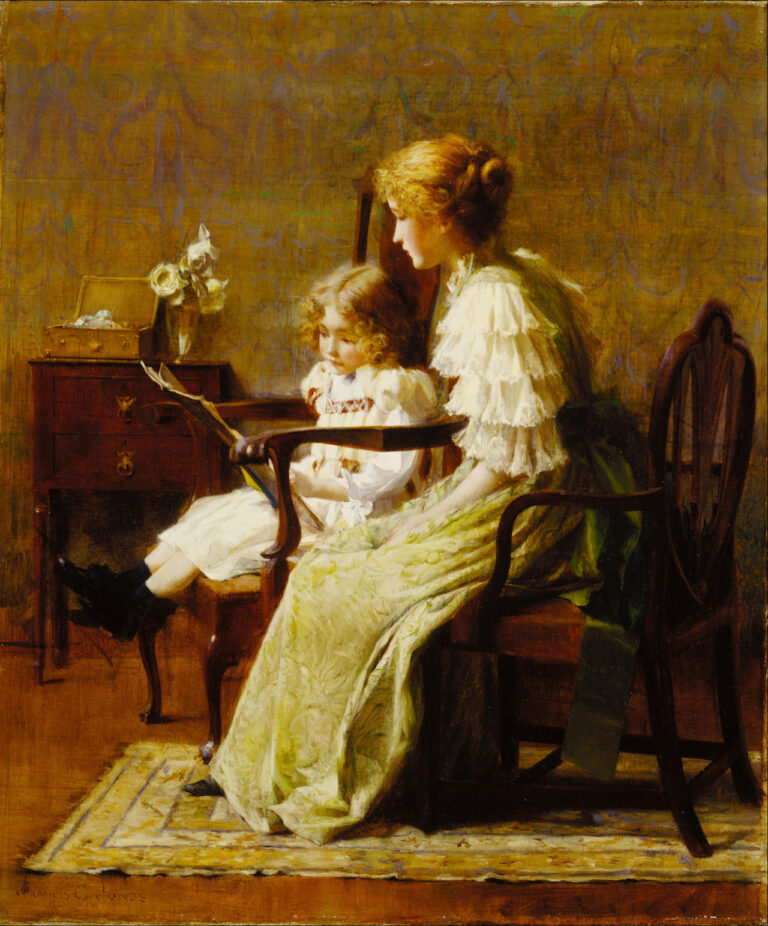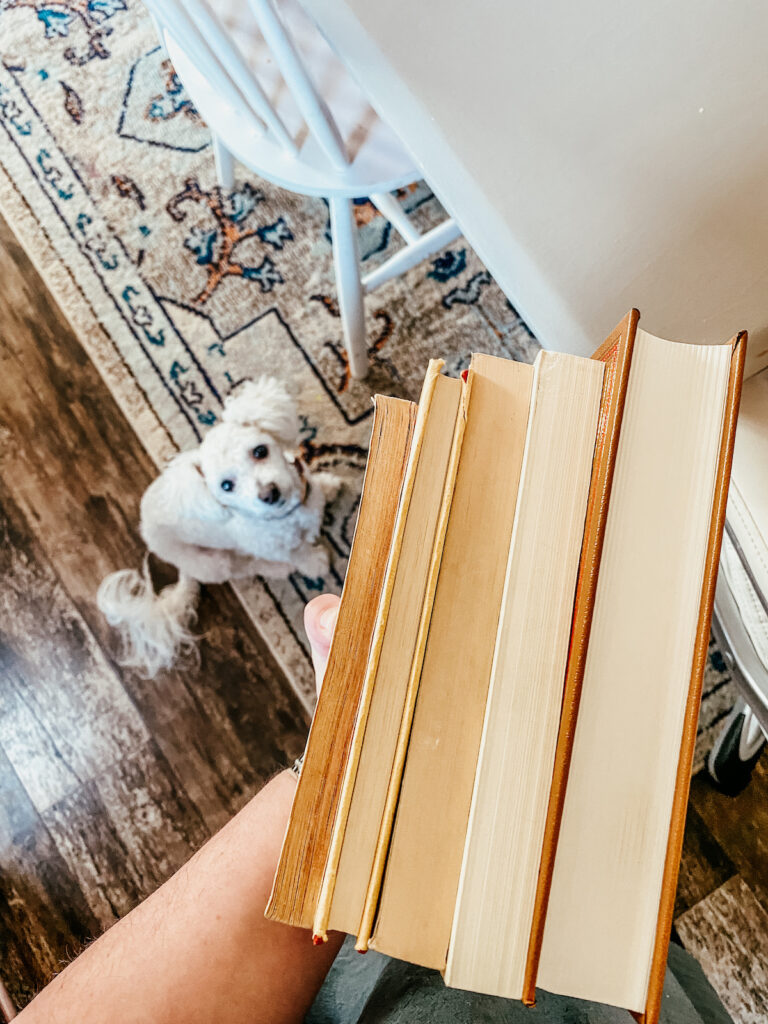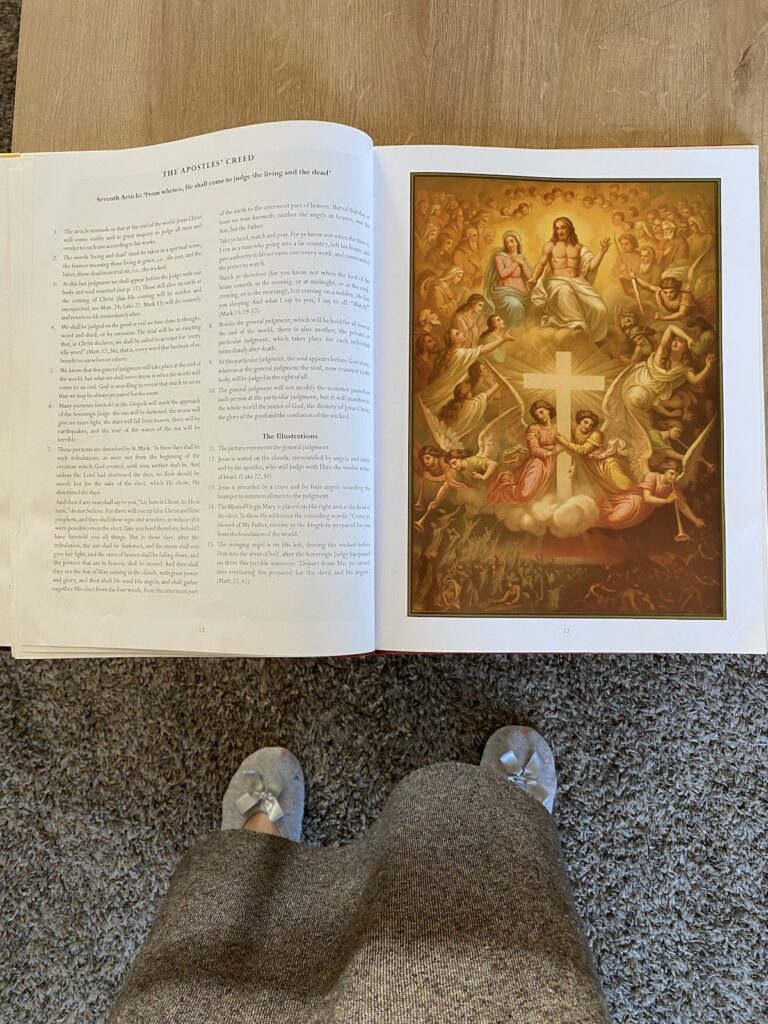Disclosure: Joyfully Domestic may earn a commission for purchases made after clicking links on this page. View our disclosure policy for details.
Narration is one of the most powerful yet deceptively simple tools in a Charlotte Mason education. This classical approach to language arts replaces worksheets and comprehension questions with the act of retelling.
And this allows children to engage deeply with ideas and develop their own expressive abilities.

“Narrating is an art, like poetry-making or painting, because it is there, in every child’s mind, waiting to be discovered, and is not the result of any process of disciplinary education.”
Charlotte Mason, “Home Education”
What is Narration?
Narration is an essential component in a classical Charlotte Mason method of education.
Narration is the practice of having a child tell back what they have read or heard in their own words. It can be done orally in the younger years and gradually transitions to written narration as a child matures (usually beginning in Form 2 or Year 4).
This method builds comprehension, attention, vocabulary, and articulation—all without tedious drills or artificial exercises.
Narration is not an act of verbal memory. It is a process which makes the difference between a child knowing a thing and not knowing it.
In the early years, the narrations will be fairly simple, but they improve over time and with the habit firmly established. The key is to remain consistent in forming the habit of narration.
Much of what can be learned about narration can be found in “Home Education” by Charlotte Mason, pages 227-233.
“The most common and monstrous defect in the education of the day is that children fail to acquire the habit of reading. Knowledge is conveyed to them by lessons and talk, but the studious habit of using books as a means of interest and delight is not acquired. This habit should be begun early; so soon as the child can read at all, he should read for himself, and to himself, history, legends, fairy tales, and other suitable matter. He should be trained from the first to think that one reading of any lesson is enough to enable him to narrate what he has read, and will thus get the habit of slow, careful reading, intelligent even when it is silent, because he reads with an eye to the full meaning of every clause.”
Charlotte Mason, “home education” p 227
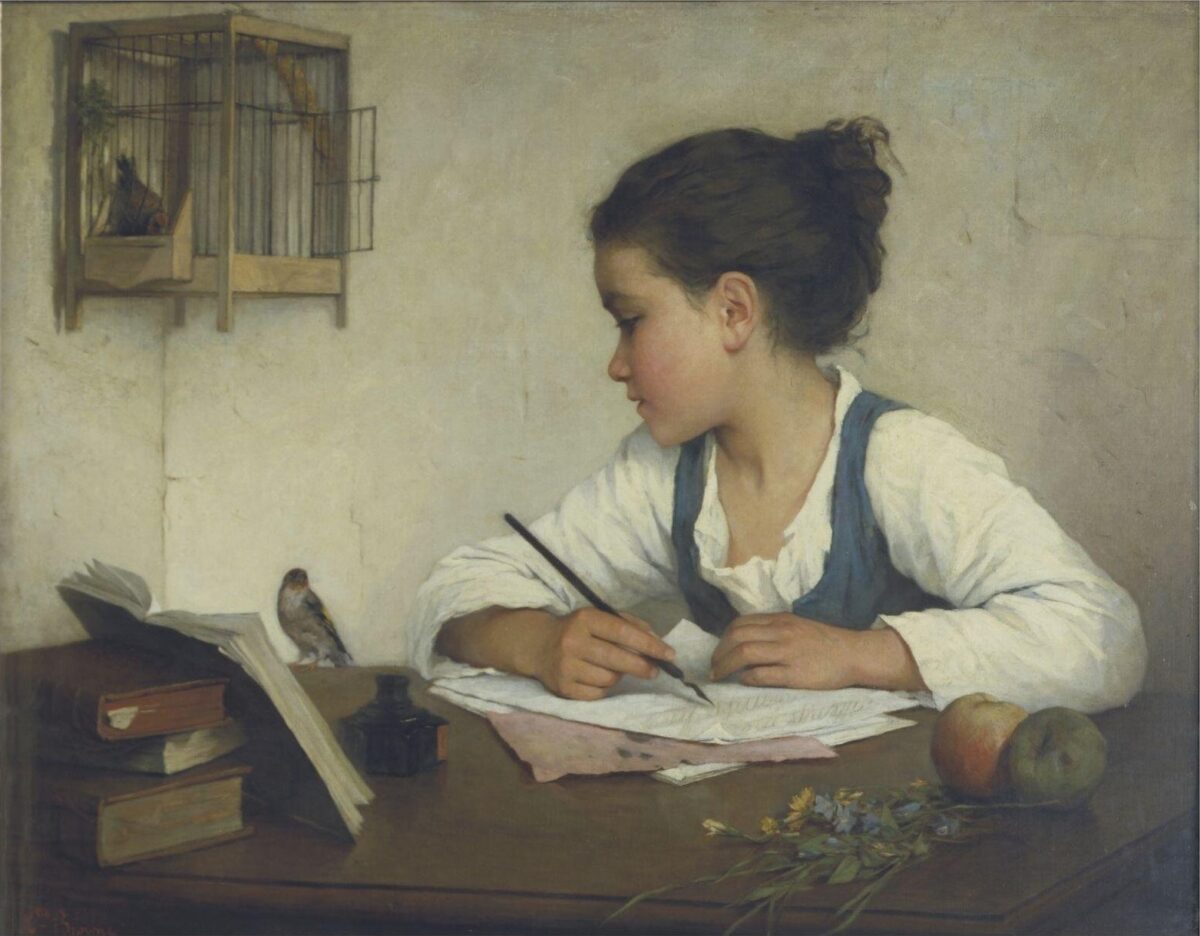
Why Narration Works
Charlotte Mason understood that children are born persons with the ability to process and synthesize knowledge when given rich material. Narration is a method whereby the child assimilates what he reads. Narration develops:
- Attention & Comprehension – A child must listen or read carefully to be able to retell accurately. The habit of attention must be established for a child to narrate well.
- Verbal & Written Expression – By forming their own thoughts into words, children build the skills necessary for clear communication.
- Logical Thinking – Retelling a story or passage in order requires the child to structure information coherently.
- Memory & Retention – Narration cements knowledge in the mind, making learning more lasting.
Each student is different and based on their personalities, I allow for different ways for each to narrate. And some may require a little more time to contemplate the material read before accurately narrating.
I’ve noticed this in myself too, I’m an introvert and can express my thoughts so much easier through written communication or after taking time for contemplation to reflect before given a detailed narration.
Again, slow and careful reading of the material aids in forming a strong habit of narration.
“As knowledge is not assimilated until it is reproduced, children should ‘tell back’ after a single reading or hearing: or should write on some part of what they have read.”
Charlotte Mason, The PHILOSOPHY of education
The Role of the Teacher
The mother-teacher ought not to interfere with the narration. A discussion afterwards can help with any questions or difficulties.
The teacher must also make proper preparation for the lesson. Careful preparation is a great factor in the success of narration, but it also doesn’t have to be super complicated either.
The quality of the teacher’s reading has its effect. A reading, not too monotonous on the one hand, and certainly not too emphasized on the other. But a clearly articulated reading that enables the power of the words themselves to reach the child.
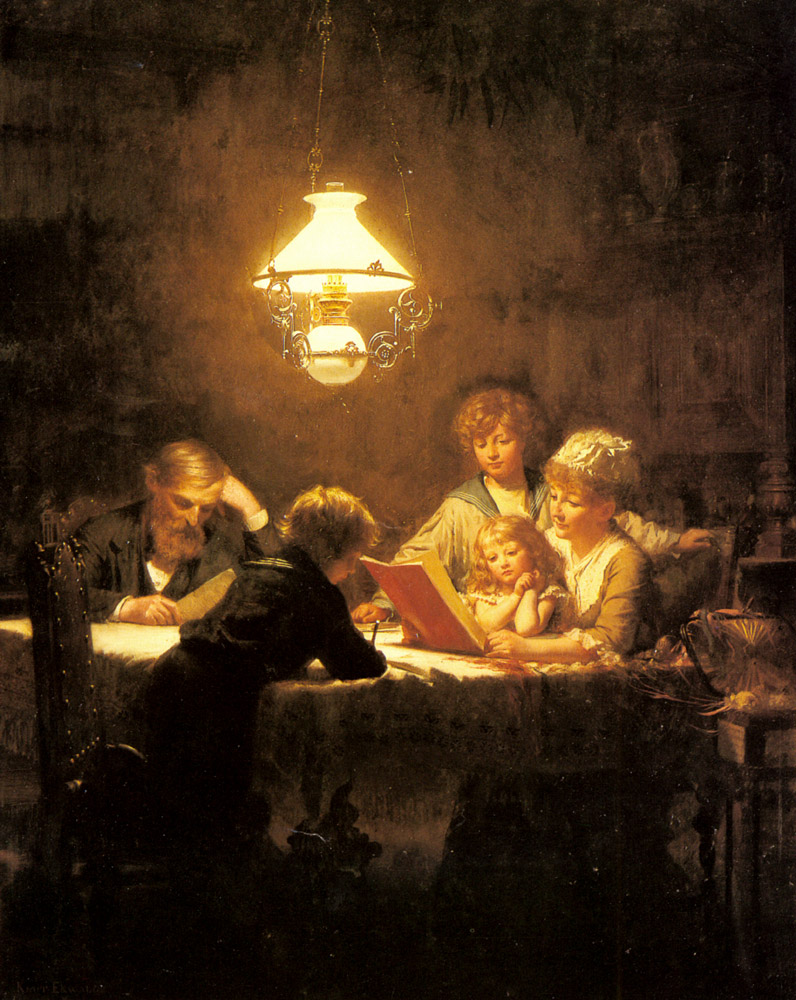
How to Use Narration in Your Homeschool
It is important to remember that narration is simply a retelling of what was read. With that in mind, we can talk about ages and stages of narration in a classical Charlotte Mason homeschool.
Narration can be incorporated into your homeschool routine easily:
- Oral Narration (Form 1, about Ages 6-9): After reading a passage, ask your child, “Tell me what you remember about…”
- Written Narration (Form 2, beginning Ages 10+): As writing skills develop, children transition from oral to written retellings. This begins slowly with one written narration per week (I usually start this at the end of From 1 or Year 3. And will begin to increase to 2 written narrations per day in form 2 as the child becomes more comfortable in this process.
- Narration Across Subjects: Use narration in history, literature, fairytales, fables, and even Bible lessons to reinforce learning. Oral narration should be done after each reading.
- Creative Variations: Encourage children to narrate in different ways—acting out scenes, drawing a scene from the reading and then telling it back to you, or even explaining lessons to a younger sibling. And sometimes in our common subjects, I’ve had the children narrate back and forth to each other.
Additionally, I’ve purchased a very basic voice recorder to allow my students to record themselves after independent lessons occasionally. This has been helpful for times when I’m busy with other lessons and frees me up working with my younger students.
Common Challenges & Tips for Success
- “My child forgets details!” – Encourage active listening and start with short passages. Read smaller sections in the lesson and pause for a brief narration, then continue reading another short passage and narrate some more. Try to mix up methods of narrating — try a drawn narration and ask the students to tell you about it/describe the scene from the story.
- “They don’t want to narrate.” – Make it fun! Allow for different narration styles and keep lessons short as per Charlotte Mason’s guidance.
- “Narration feels repetitive.” – Mix things up with different narration prompts (e.g., “Describe this from another character’s perspective.”, “compare and contrast the characters you just read about.”, “explain what this story tells you about this character…”, “describe the problem with X and how it was solved”.)

Favorite Narration Notebooks + Supplies
We use these notebooks for written narrations, dictation, and copywork. They are simple quality but with beautiful covers. I let my children pick which ones they love each year.
We also invest in these soft cover and beautiful notebooks from Riverbend Press. The paper quality is lovely. These are used mostly for drawn narrations in our home.
And we also love these Truth, Beauty, and Goodness notebooks for things like Artist Study and other things that the children sketch or watercolor. More of an investment piece that lasts for multiple years.
For outdoor and on the go nature study, we love these notebooks.
Resources for the Mother-Teacher
Here are a few more resources to help with narration in your homeschool.
- Parents’ Review Article: “We Narrate and Then We Know” by by E.K. Manders
- Parents’ Review Article: “Some Thoughts on Narration” by Helen E. Wix
- The Home Education Series by Charlotte Mason
- Know and Tell by Karen Glass
- Parents’ Review Article: “Some Notes on Narration” by G. F. Husband
- Parents’ Review Article: “Concerning Repeated Narration” by Elsie Kitching
Narration is the heart of a Charlotte Mason language arts education, laying the foundation for lifelong learning and effective communication. By embracing this simple yet profound practice, you’ll cultivate a love for words, ideas, and meaningful expression in your homeschool.
What stands out to you from these ideas?
I hope that you found this post helpful. And I’d love to hear what resonates most! Tell me what you’d add to this list on narration and/or share your favorite ways to encourage narration with your students in the comments section below!
